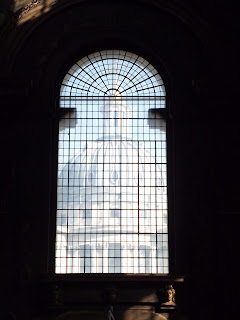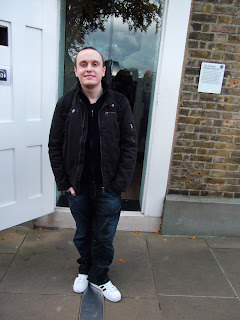Greenwich is best known for its maritime history and for giving its name to the Greenwich Meridian (0° longitude) and Greenwich Mean Time. The town became the site of a Royal palace, the Palace of Placentia from the 15th century, and was the birthplace of many in the House of Tudor, including Henry VIII and Elizabeth I. The palace fell into disrepair during the English Civil War and was rebuilt as the Royal Navel Hospital for Sailors by Sir Christopher Wren. These buildings became the Royal Naval College in 1873, and they remained an establishment for military education until 1998 when they passed into the hands of the Greenwich Foundation. The historic rooms within these buildings remain open to the public; other buildings are used by University of Greenwich and the Trinity College of Music. The maritime connections of Greenwich were celebrated in the 20th century, with the sitting of the Cutty Sark next to the river front, and the National Maritime Museum in the former buildings of the Royal Hospital School in 1934. Greenwich formed part of Kent until 1889 when the County of London was created.
Old Royal Navel College – Wren’s Stately structure was built in two houses so the Queen’s House would keep its river view. The buildings were built on the site of the old royal palace, where Henry VIII, Mary I and Elizabeth I were born. Only the chapel, the hall are open to the public.
The great painted hall -
The Chapel -
Looking towards the Thames between the two Old Royal Navel college buildings:
Queen’s House – this house was designed by Inigo Jones and was completed in 1637. It was originally meant to be the home of Anne of Denmark, wife of James I, but she died while it was still being built and it was finished for Charles I’s queen Henrietta Maria. In 2001 it was refurbished and opened to the public housing art collections from the National Maritime museum.
Old Royal Observatory upo: n the hill of Greenwich Park -
Looking down from the Royal Observatory -
Greenwich mean time -
The meridian line -
National Maritime Museum – A history of Britain’s relationship with the Seas
The first buildings were completed in 1991 which included One Canada Square that became the UK's tallest building and a powerful symbol of the regeneration of Docklands. Upon opening, the London commercial property market had collapsed and Olympia and York Canary Wharf Limited filed for bankruptcy in May 1992.















































